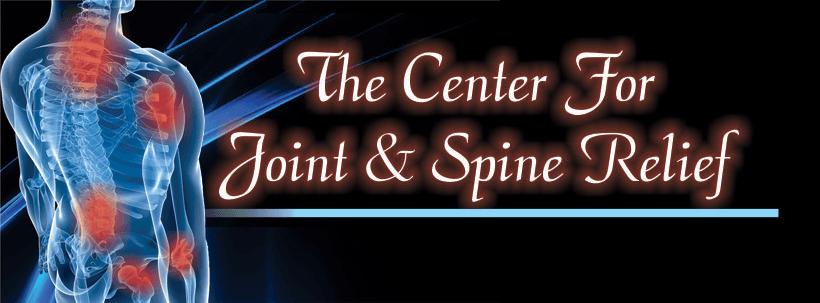Adipose Derived Mesenchymal Cells
Adipose Derived Mesenchymal Cells
Adipose (fat) cells are nature preserved stem cells. They are sequestered and are not available to the rest of the body for repair or immune modulation. Adipose derived stem cells have been used for successful treatment in veterinary medicine with bone and joint injuries with positive results. Studies suggest that adipose derived stem cells can develop into new tissues, as well as suppress pathological immune responses seen in autoimmune diseases. In addition to joint and ligament problems, the adipose derived cells has been used in the treatment of osteoarthritis, rheumatoid arthritis, multiple sclerosis, ALS and other autoimmune diseases.
Our fat tissue is an untapped source of mesenchymal stem cells, which are becoming widely utilized in the field of regenerative medicine. These cells can be readily harvested in large numbers with minimal donor-site morbidity. Clinical trials have shown the regenerative capability of adipose-derived stem cells in subspecialties of medical fields such as plastic surgery, orthopedic surgery, oral and maxillofacial surgery, and cardiac surgery. In addition, a great deal of knowledge concerning the harvesting, characterization, and culture of adipose-derived stem cells has been reported. The adipose stem cell process is much easier than other stem cell harvesting methods, and this makes it ideal for the common, painful injuries that may occur in sports and regenerative medicine.
Adipose derived stem cells can help in treatment of:
- Hamstring tears and tendonitis
- Lateral epicondylitis (tennis elbow)
- Plantar fasciitis
- Achilles tendonitis
- Osteoarthritis (knee, hip, shoulder)
- Muscle injury
- Rotator cuff tears and tendonitis
- Low back pain
- Ankle sprains
- Anterior cruciate ligament (ACL) injuries
- Meniscal injuries
- Wound healing
- Bone healing
When used in conjunction with physical therapy and rest, biologic treatments have a great potential to make athletic injuries heal much quicker than without. Usually, the injections are placed directly into the site of injury, using precise imaging guidance, which helps to heal the ligaments, tendons, and cartilage more quickly.
Find Us
- Holmdel
670 N Beers St, Bldg 2, Suite 1
Phone: (732) 226-6603
Fax: (888) 500-0606
Open Monday and Friday
12 p.m. to 7:00 p.m.
Open Tuesday and Thursday
12 p.m. to 6:00 p.m.
Closed Wednesday.
- Woodbridge
Phone: 732-596-0333
Fax: 732-582-2781
Open Monday through Friday
12 p.m. to 7:00 p.m.
- Jersey City
Phone: (201) 533-0055
Fax: (201) 533-0066
Open Monday through Friday
12 p.m. to 7:00 p.m.
- Trenton
- Manalpan
Phone: 732-596-0333
Fax: 800-500-0606
By appointment only.
For More Information Contact Us:
Thank you for contacting us.
We will get back to you as soon as possible
We will get back to you as soon as possible
Oops, there was an error sending your message.
Please try again later
Please try again later
